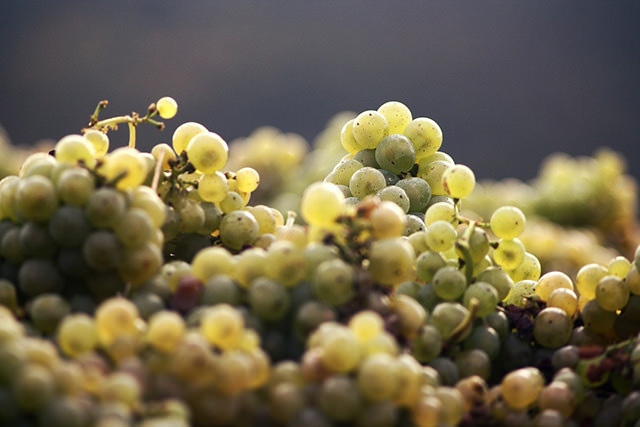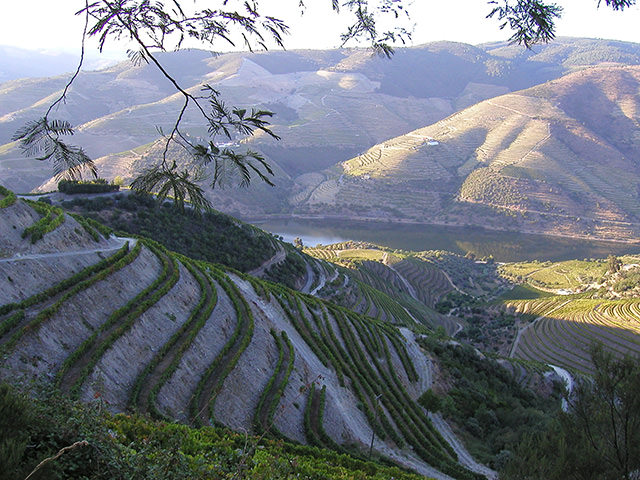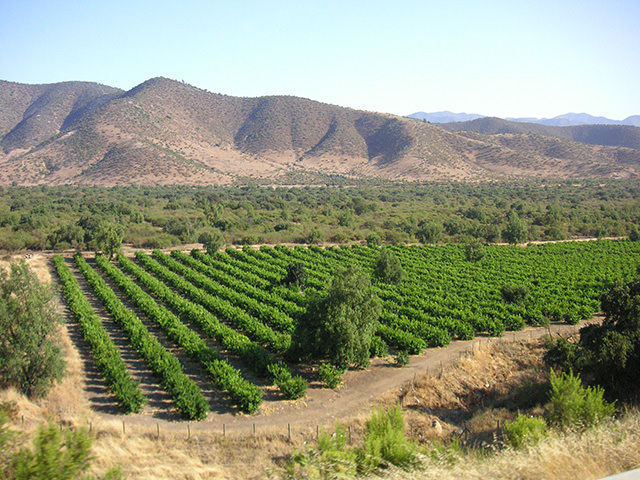The biggest story in the wine world in 2015 was the issue of climate change.
As wine lovers know, alcohol levels of their favorite wines have increased one to two points in the last 20 years and this year grapes were harvested at earlier dates than any previous year.
One of the issues is that the vinifera grape that is responsible for most of the globe’s fine wines is inherently delicate. One may recall that that the hardiness of labrusca grapes from the United States appealed to French wine growers in the 19th century but when they brought them to France, they also brought the phylloxera epidemic, which almost destroyed the wine industry in France.
Given the length of time it takes to develop new grape varieties creating more heat-resistant grape varieties is probably not the answer.
The two most discussed alternatives are moving to higher latitudes or higher altitudes. However, this could destroy appellations such as those in Europe that designate a specific growing region and specific varieties that may be grown in a region.
A paper called “Projected shifts of wine regions in response to climate change”, was published in 2013 by European experts. The authors noted that higher altitudes are possible in the Chianti and Provence regions but not in Bordeaux.
On the upside is that Taittinger is starting a vineyard and winery in England, although it was once thought that terroir was too cold to grow vinifera grapes.
And arriving in the Bangkok market recently was a new line of wines from the McWilliams winery in Australia that are grown at altitude in such places as the Canberra region and the Great Divide Range. The latter produces Tumbarumba Chardonnay and the altitude is 611 metres (more than 2,000 feet). It’s quite tasty. Higher elevations may be the key for sustainability.
I expect that at the end of next year, climate change will again be the crucial issue in the wine industry.
Moving on to other issues
The low cost of oil helped the industry trim costs in the vineyard and in the cost of moving bottled wine through the distribution chain. Other factors were improved US employment statistics, a stronger US dollar, and a measured pace of interest rates as four factors contributing to the double-digit growth in the industry.
An economic rebound in the US economy saw an increase in consumption that started in mid-2014 and sales were expected to increase 14 to 18 percent in the fine wine category in 2015, defined as bottles costing at least US$20. Meanwhile sales of wine at $9 or below continued to decline. “Trading up” is the key growth factor here.
Paul Mabray, chief strategy officer at Vintank, thinks that we are living in the most competitive market in history for wine. Wine consumption in traditional wine producing countries, such as France, may have declined but wine is “hot” in Asia and North America.
The International Organization of Vine and Wine (OIV) has estimated Italy’s wine production from the 2015 harvest at 48.9 million hectoliters, ahead of France’s 47.4 million. Thus, as expected, Italy has returned to the number one position in world wine production after a relatively poor harvest in much of Italy in 2014 dropped it to second place for a year.
On that note, I wish all of our readers a great Christmas-New Year season.
[Article by David Swartzentruber]



 0
0